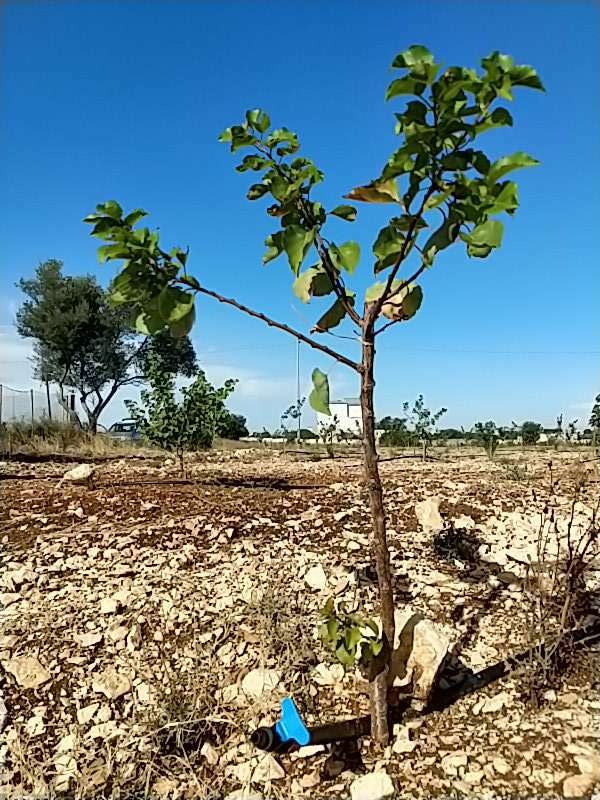ID: ZMG-VN4E
ID: ZMG-VN4E
Apricot
Prunus armeniaca
Photo
Italy
23:51 - 9°C
My connections
My ID card
Who am I?
Date of birth
12/15/2023
Name
Apricot
Tree
Apricot
Where am I located?
Country
Italy
Place of birth
Valenzano
Coordinates
41° 1′ 56.78″ N
16° 54′ 2.77″ E
/16.90076882,41.03244018,0/500x333@2x?access_token=pk.eyJ1IjoidG9tbWFzb3NwZXJvbmkiLCJhIjoiY2tnOTE3eW12MDJqazMybXNzOWV1YjloOSJ9.wtGsuDU7XIKjcv2cq8CiXw&logo=false&attribution=false)
My Timeline
The important moments in your tree's life.
Seed
It all starts with a tiny seed, nice and warm in the soil.
Nursery
Your seedling is big enough to be welcomed into one of our nurseries, along with many others.
Planted
We’re here! Your tree has reached its new home: it’s been planted by a smallholder, who’ll take care of it for years to come.
Photo
Strike a pose! Now that it’s big enough, here’s a photo of your tree!
My Gallery
Nursery

Planted
/16.90076882,41.03244018,0/500x333@2x?access_token=pk.eyJ1IjoidG9tbWFzb3NwZXJvbmkiLCJhIjoiY2tnOTE3eW12MDJqazMybXNzOWV1YjloOSJ9.wtGsuDU7XIKjcv2cq8CiXw&logo=false&attribution=false)
16° 54′ 2.77″ E
Photo

Curiosity about me
The important moments in your tree's life.
Let's start with introductions
The apricot tree belongs to the Rosaceae family, which was diffused throughout Europe by the Arabs many centuries ago. The flowers sprout, as in the case of all Prunus plants, before the leaves. The tree produces stone fruits that are velvety and dark yellow or orange, and light red in the case of mature fruit. It is planted for its fruit to produce juices and jams.
Meaning
Mysterious
The origin of apricot is still unknown. However, the botanical name of the apricot is based on the hypothesis that the fruit is native to Armenia: prunus armeniaca.

How much CO2 I’ll absorb
My estimated CO2 absorption capacity is based on the first 10 years of my life*
Current absorption
- 5 kg
2023
0 kg
2033
-50 kg
* The tree will continue to absorb CO2 even after the tenth year. Therefore this is a prudent estimate.
How I am useful to local communities

Consumption and sales
Its fruits, seeds and/or leaves are used as food in the farmers' families or are sold on local markets.

Cosmetics
Raw materials are extracted from its flowers, fruits and/or leaves to produce creams or powders.
My benefits
90%
Food Security
The trees will bear fruits, some that will be edible immediately and others that can become edible through processing, ensuring food resources over time.
90%
Economic development
The trees' fruits and the products derived from their transformation can be traded in local networks, offering income opportunities.
20%
CO₂ Absorption
During its life cycle, each tree will offset CO₂. The trees that you plant can offset your emissions.
20%
Environmental protection
The trees are planted in agroforestry systems that favor the virtuous interaction between the different species and their positive impact on the environment and on the land.